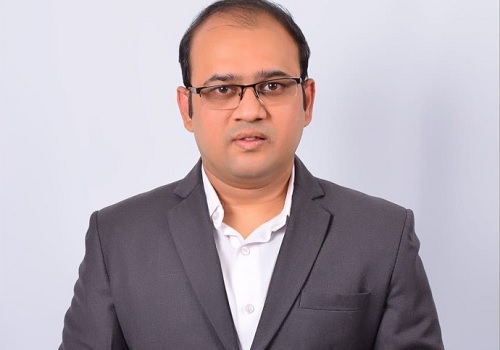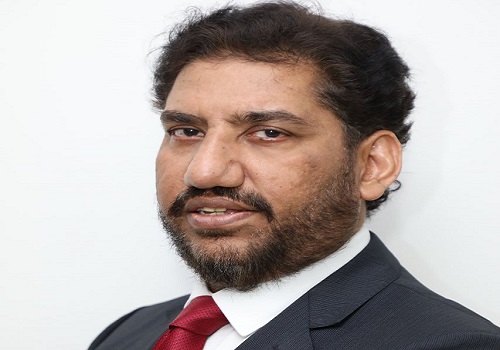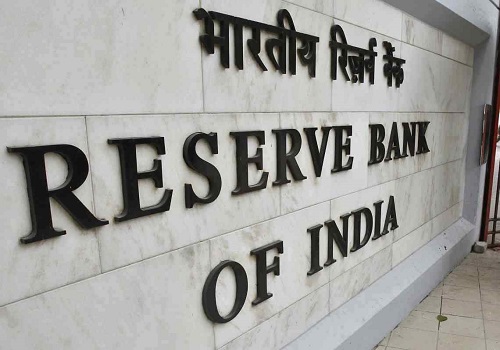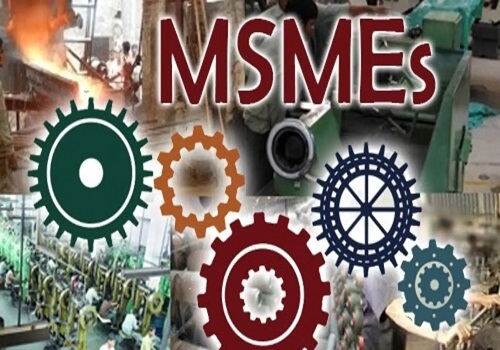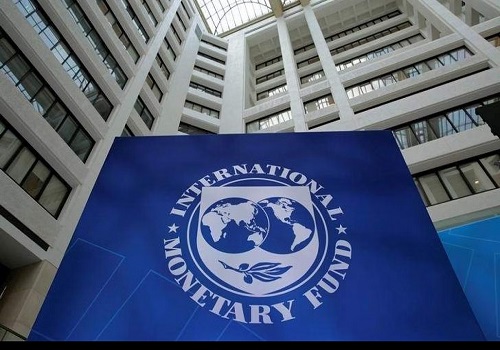RBI MPC Minutes : Growth concerns, but divergence in views remains by Emkay Global Financial Services
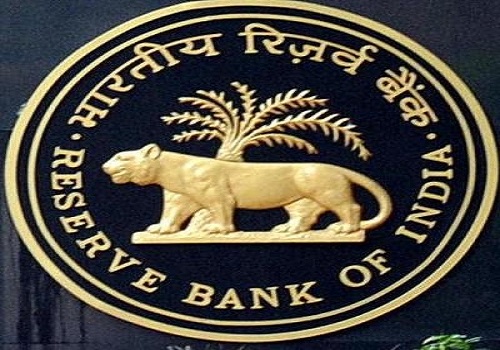
The December MPC meeting minutes showed a clear demarcation in views between the internal and (most of) the external members. Dr Kumar and Professor Singh, while calling for a repo rate cut, spoke of the lack of impact of monetary policy on supply-shock led food inflation, while mentioning its effect on consumption and investment demand. On the other hand, Governor Das and Dr Patra continued to assert the need for durable disinflation to support growth on a sustained basis, with Dr Patra attributing the recent growth slowdown to persistent inflation shocks hurting consumption. Going forward, a new MPC will be facing vastly different policy challenges amid a diverse global and macro landscape. A rate cut in February remains tricky.
Clear demarcation in views between new external members
The December MPC minutes show a widening divergence between internal and external members on the growth-inflation balance, (as evidenced by the 4-2 vote split from 5-1 earlier), even as there was unanimous acknowledgement and concerns around the Q2FY25 growth slowdown. Liquidity concerns were addressed with two members (Dr Kumar and Dr Ranjan) explicitly calling for a 50bps CRR cut.
External members largely focus on elevated inflation being food-driven
The widest divergence among MPC members was in their assessment of growth-inflation dynamics. Dr Kumar and Professor Singh (both of whom voted for a 25bps repo rate cut), opined that monetary policy has little impact on food inflation shocks that are supply-driven, as has been the case for tomatoes, onions, and potatoes (TOP) in recent months. Professor Singh also stated that the correlation between food prices and core inflation is quite weak, with little evidence of a transmission of elevated food prices to core inflation. On the other hand, the persistent decline in core inflation, along with slower growth, indicates that there is a wide difference between actual and potential growth. This would allow higher growth without triggering higher inflation. Similarly, Dr Kumar spoke of the impact of a rate cut on the manufacturing slowdown, stating that it would bring down the cost of capital and stimulate both—investment and consumer demand. Bhattacharya once again spoke of the need to remain cautious and data-dependent.
Internal members contend that durable disinflation is needed to support growth
On the other hand, Governor Das and Dr Patra continued to focus on the need for durable disinflation as the only way to support growth on a sustained basis. In fact, Dr Patra attributed the recent growth slowdown to persistent inflation shocks – with higher price pressures eroding the urban consumer’s spending ability. This, in turn, is slowing down private capex, as the demand outlook remains uncertain due to higher inflation. He also mentioned the uptick in core inflation since July as a worrying sign of a spillover from elevated food prices. While he acknowledged the need for improving the investment outlook, he once again cited the need to bring about durable disinflation to allow robust revival of domestic demand. Governor Das had a similar opinion, as he also spoke about the need to maintain the gains achieved on disinflation so far. In his view, lower inflation will improve domestic demand by enhancing disposable income and purchasing power. Dr Ranjan mentioned the improving outlook for both, growth and inflation, for the rest of FY25, along with heightened global and domestic uncertainty, as the main reason for keeping rates unchanged.
Rate cut cycle depth and timing remains tricky
With this being the last MPC meeting for both, the Governor and Deputy Governor, there will be two new members at the next MPC meeting in February. This new MPC will be facing substantially different policy challenges along with a diverse macro and global landscape. The policy trade-offs are getting acute due to: i) the entrenched state of India's stagflation, ii) tricky timings and small window of conventional rate cuts as global dynamics turn more fluid, iii) mounting FX pressure and increasing cost of FX intervention. Thus, the window for a conventional rate cut is narrowing. A February rate cut call remains tricky.
For More Emkay Global Financial Services Ltd Disclaimer http://www.emkayglobal.com/Uploads/disclaimer.pdf & SEBI Registration number is INH000000354

